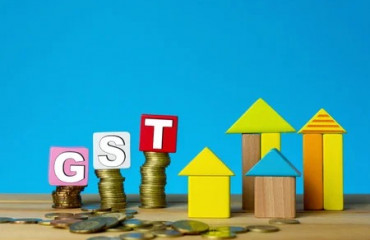
- 25 Aug 2025 06:18 PM
- New
Stocks to buy for short term: From Concor to Cipla— Jigar Patel of Anand Rathi recommends 3 shares
Stocks to buy for the short term: The Nifty 50 index gained for the second week due to GST reform optimism and an S&P credit rating upgrade. Jigar Patel recommends buying three shares, including Concor and Cipla, for short-term gains, with specific target prices and stop-loss levels provided.
Read More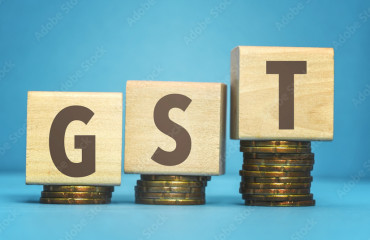
- 25 Aug 2025 06:39 PM
- New
Fitch forecasts India's GDP growth at 6.5% for FY26, affirms ‘BBB-’ rating amid solid growth | 5 Points
Ratings agency Fitch has affirmed India's sovereign rating at ‘BBB-’ with a stable outlook, and forecasts 6.5 per cent of GDP growth in FY26, it said on August 25.
Read More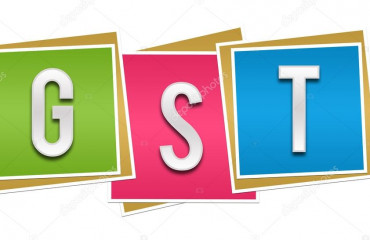
- 25 Aug 2025 06:13 PM
- New
India’s online gaming ban: Are our policymakers really listening?
The government’s Promotion and Regulation of Online Gaming Bill, 2025, approved by both Houses of Parliament, aims to promote e-sports and social games while banning real money gaming (RMG)—or games that involve stakes purchased with money, directly or indirectly, including by means of virtual assets.
Read More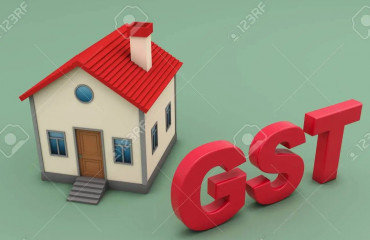
- 25 Aug 2025 06:29 PM
Indian Medical Association supports governments GST relief on essential medicines
The Indian Medical Association (IMA) has welcomed the Goods and Services Tax (GST) Council's decision to reduce GST on several cancer-related and other essential medicines, calling it an essential move to make healthcare more affordable for millions of patients across India. The association expressed its gratitude to the Council and the Government of India in a press release.
Read More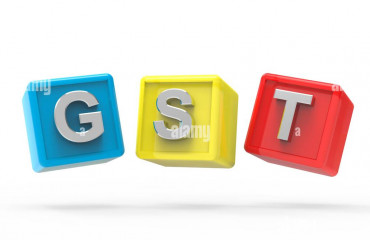
- 25 Aug 2025 06:04 PM
Vegetable oils body IVPA urges govt to lift GST refund restrictions
New Delhi, Aug 24 (PTI) Vegetable oil industry body IVPA has urged the government to lift restrictions on tax credit refunds in place since July 2022, saying the curbs are straining working capital and deterring investment in the sector.
Read More
- 23 Aug 2025 05:35 PM
The week in charts: India’s RCEP re-entry, job cuts at banks, GST revamp, ethanol blending debate
From the Centre’s proposed ban on online gaming to India’s possible return to an eastern trade bloc, a slowdown in private banks’ hiring, and a reboot of the GST regime—here are this week’s key numbers.
Read More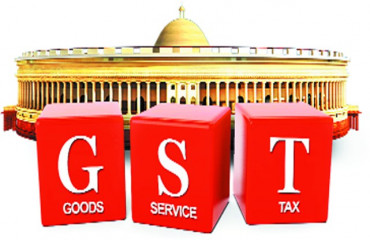
- 23 Aug 2025 05:28 PM
Tax cuts and GST reforms are closer than you think
GST Council to consider tax rate cuts, reforms on 3 and 4 September, so that consumers planning purchases during the festival season get the benefits.
Read More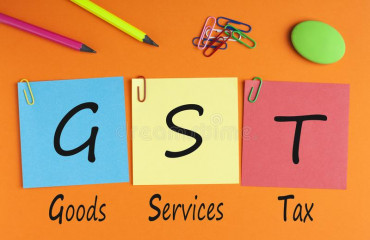
- 23 Aug 2025 05:33 PM
Best of the week: Tariffs, bees, and ripple effects
Billionaire villages, India-China are getting closer, and Ola Electric's missing chairman
Read More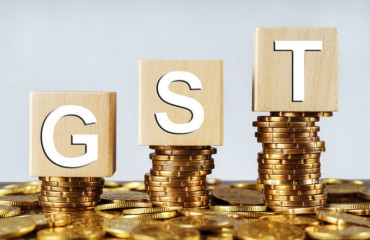
- 22 Aug 2025 06:04 PM
CBIC extends GST July return filing date till August 27 for five rain-hit Mumbai region districts
The Central Board of Indirect Taxes and Customs has extended deadline to file the GSTR-3B tax payment form till August 27 this year, for taxpayers in five specified districts of the Mumbai region due to heavy rains.
Read More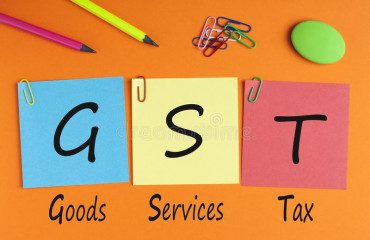
- 22 Aug 2025 06:08 PM
Ministers greenlight two-rate GST, tax relief likely on a range of items
A range of goods from cars to kitchenware may turn cheaper in the near future, with a top panel of state ministers greenlighting a proposal to simplify India's indirect tax system. A ministerial panel formed by the Goods and Services Tax (GST) Council endorsed the Centre's proposal for a simplified tax structure on Thursday, setting the stage for its rollout before the coming festive season.
Read More